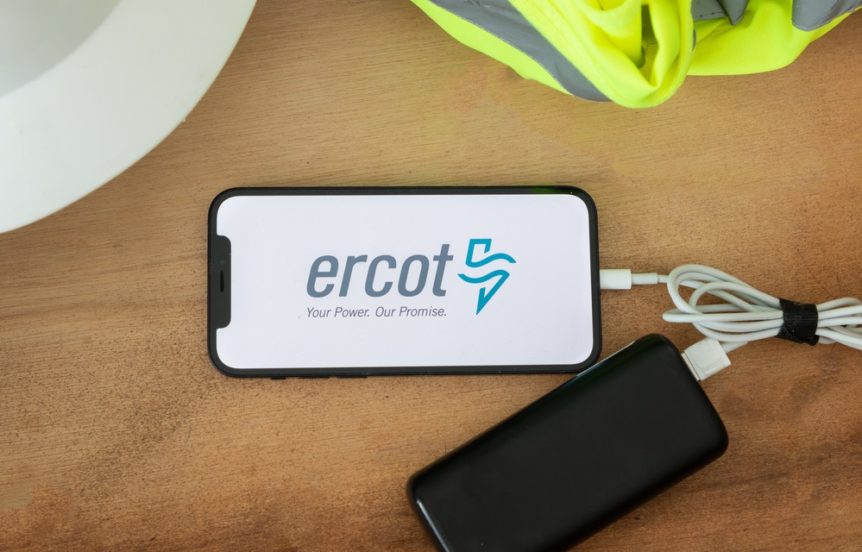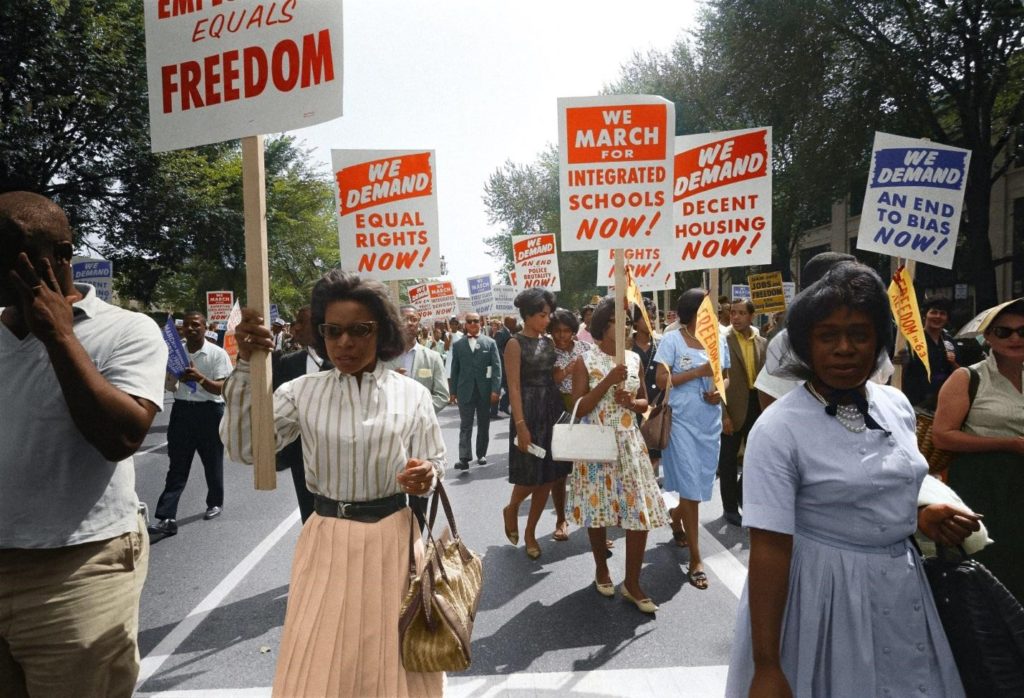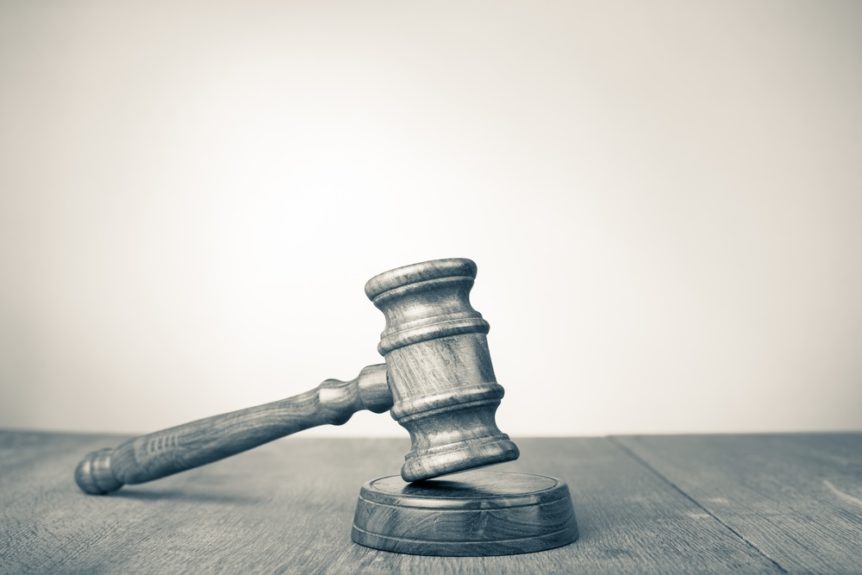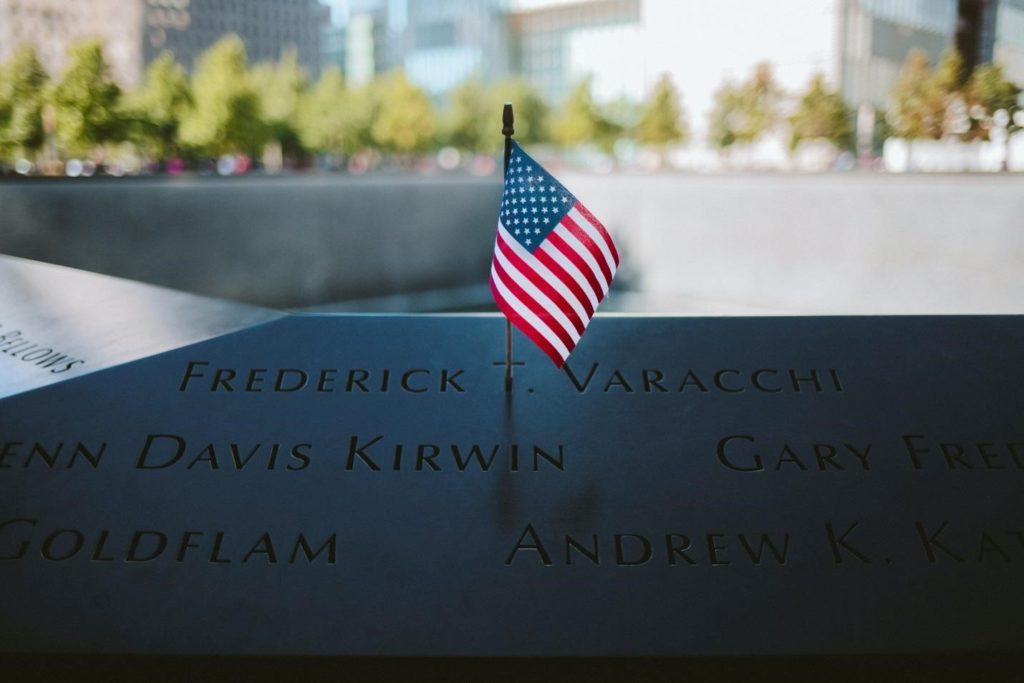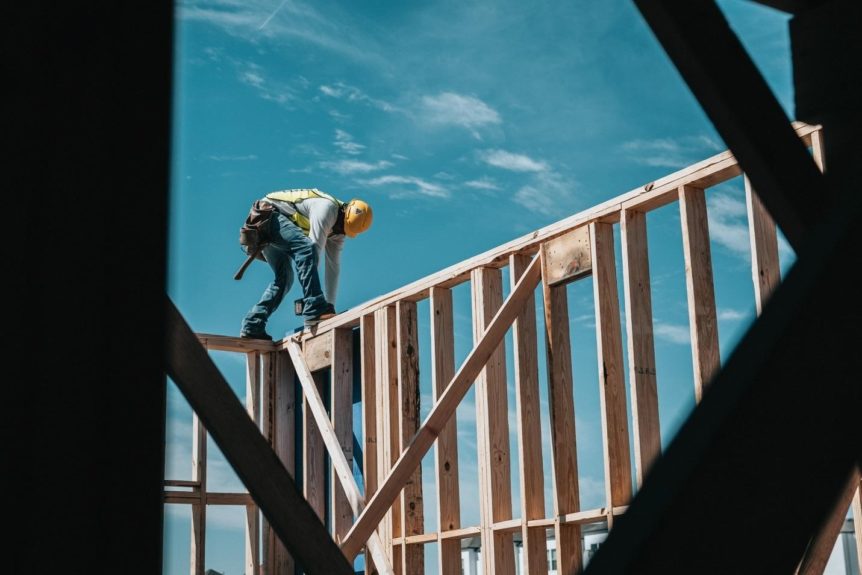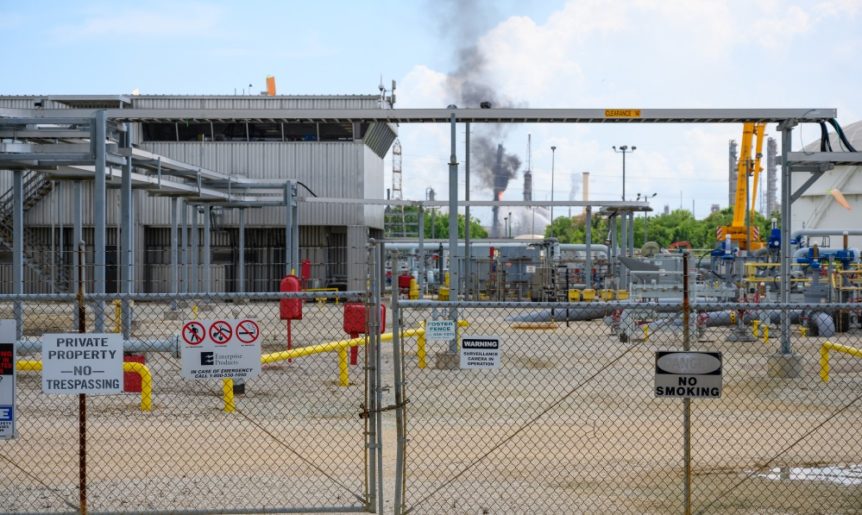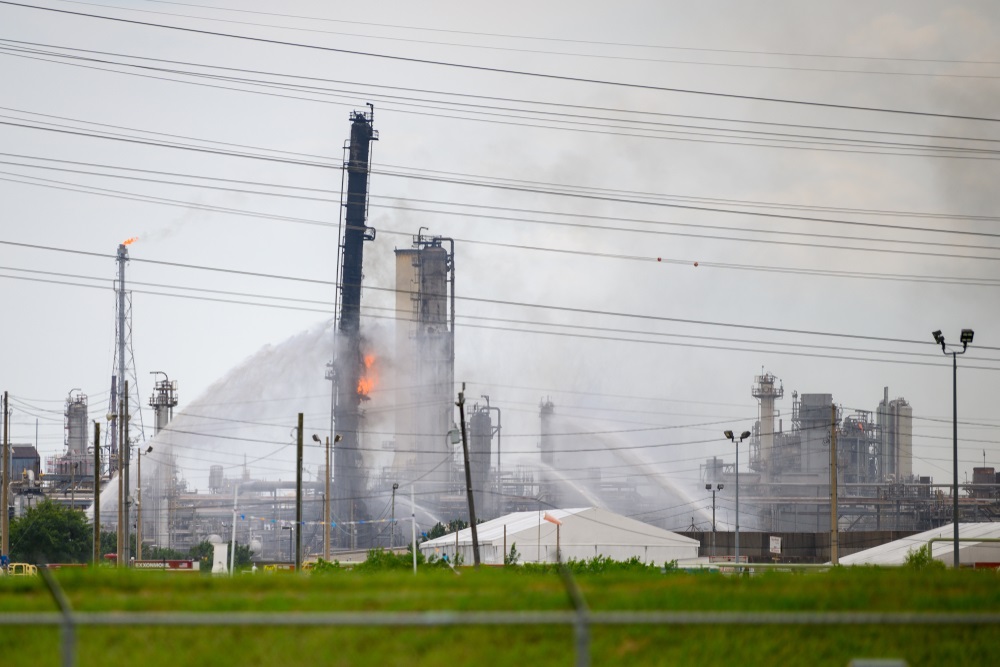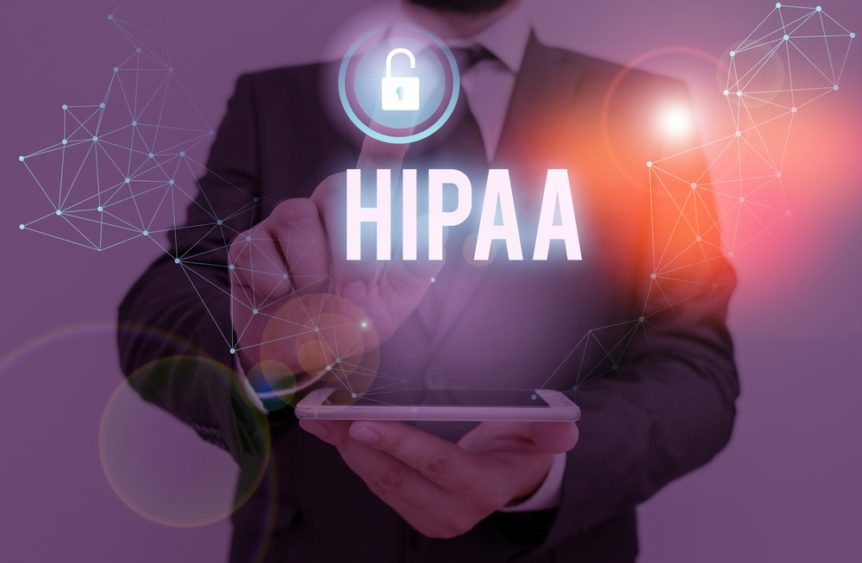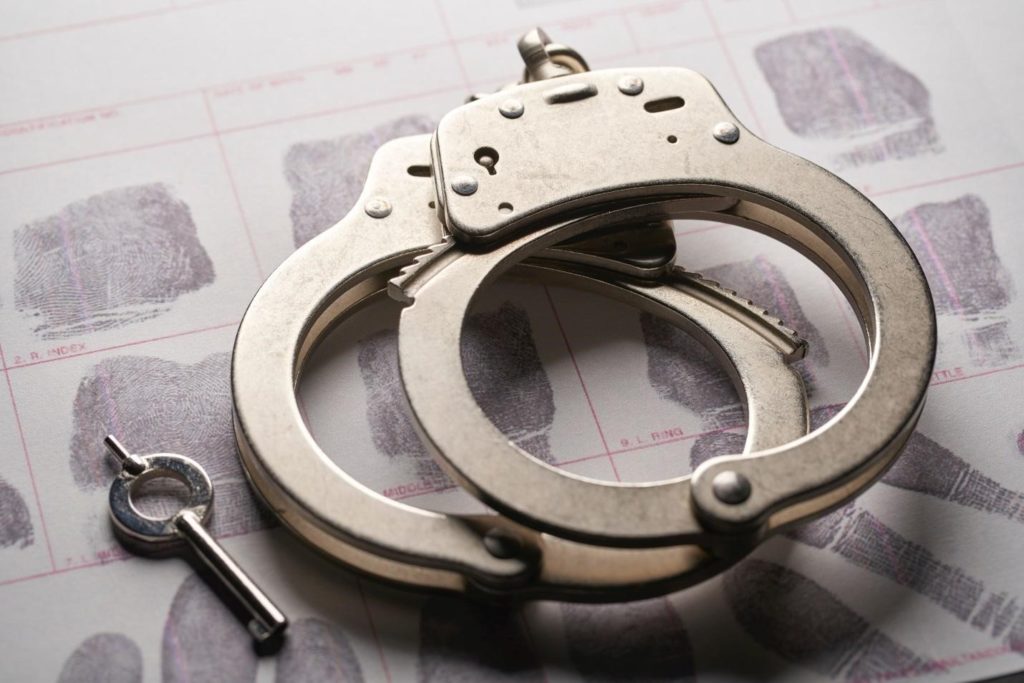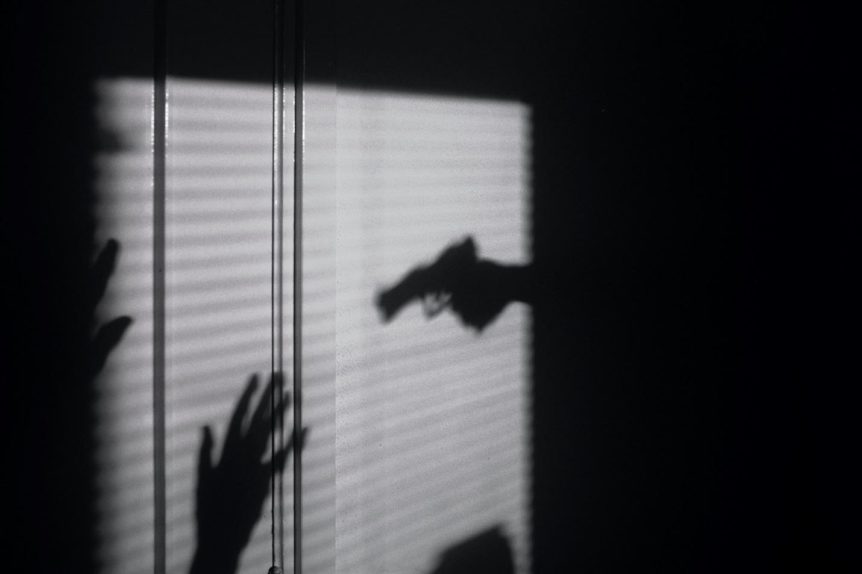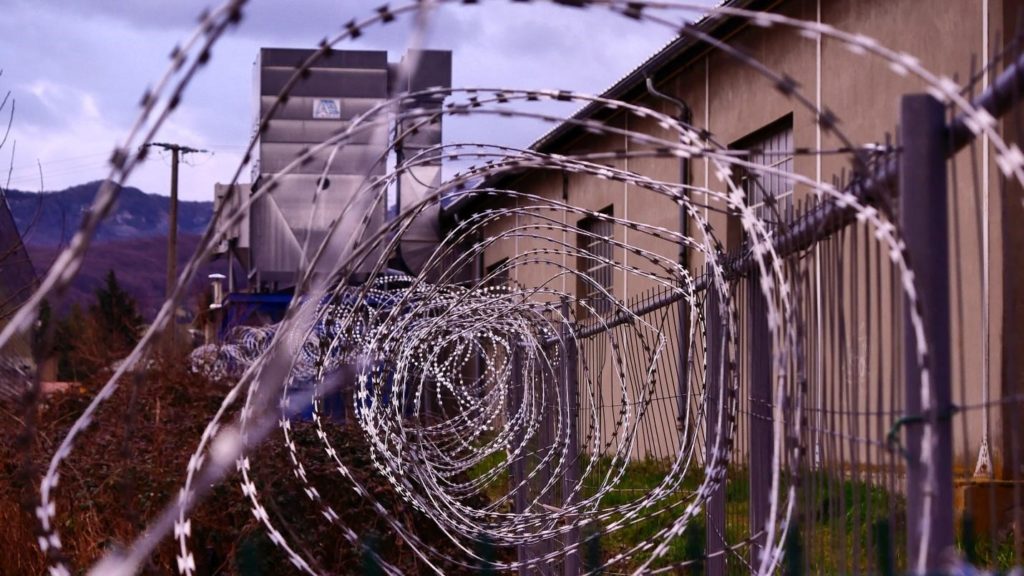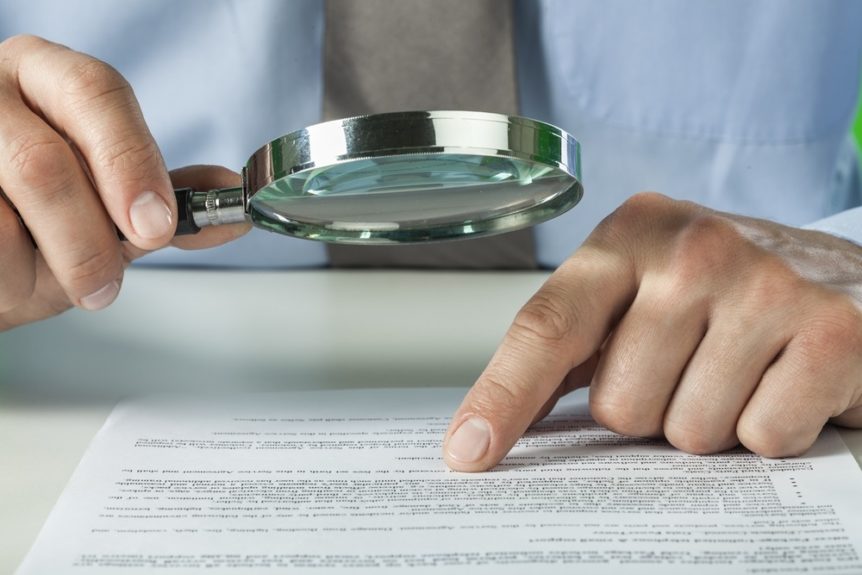ERCOT has come under fire in recent months for the mass power outage experienced in several parts of Texas earlier in the year. According to the grid operator, this widespread outage was attributed to a surge in demand for electricity that resulted from the extreme weather conditions witnessed in the weeks leading up to the blackouts.
What is ERCOT, and why does the Lone Star state have its own grid? Here’s the Texas power grid explained.
What Does ERCOT Stand For
ERCOT is short for the Electric Reliability Council of Texas. Its mandate is to manage electric power flow on the Texas Interconnection. This alternating current (AC) power grid spans most of the state and is one of three minor grids that make up the power transmission network in North America. The other two minor ones are the Alaska Interconnection and the Quebec Interconnection.
Aside from the Texas Interconnection, the other two major grids that service the lower 48 states are the Eastern Interconnection and the Western Interconnection. The Texas power grid – which is sometimes also referred to as ERCOT – is managed and maintained separately from the other interstate grids for political reasons.
Since the Texas grid does not cross state lines, it is, for the most part, independent from federal oversight by the Federal Energy Regulatory Commission (FERC). This begs the question – Who owns ERCOT?
ERCOT is a non-profit corporation defined by section 501(c)(4) of the Internal Revenue Code. It is membership-based, governed by a directorate board, and is subject to oversight by the Texas legislature and the Public Utility Commission of Texas (PUC).
ERCOT’s membership comprises municipality- and investor-owned electric utilities (including both distribution and transmission providers), retail electric providers, power marketers, electric generators, cooperatives, and consumers.
What Does ERCOT Do
ERCOT is an independent system operator (ISO). It was the first of nine ISOs that are currently in operation in the United States. ERCOT works with the Texas Reliability Entity (TRE), which is one out of the eight regional entities under the North American Electric Reliability Corporation (NERC). NERC’s mission is to coordinate and enhance bulk-power electric grid reliability.
Being a North American ISO, ERCOT’s mandate revolves around the dispatch of power through the electric grid. This is done via an elaborate network of 46,000+ miles of power transmission lines and 500+ electric generation units. It also provides retail-switching services for 7 million+ premises in various sectors and conducts monetary settlements for the wholesale bulk-power market.
Why Does Texas Have Its Own Power Grid
The separation of the Texas Interconnection from the rest of the country dates back to the early years of the 20th century. In the decades that followed Thomas Edison’s 1882 commission of the country’s first-ever power plant in Manhattan, smaller power generation plants began to sprout across Texas to power the different cities within the state.
After World War I, many of these power utilities began to link together, and the resulting transmission network grew significantly by the time World War II was winding up. These intrastate-linked power utilities are what later became the Texas Interconnected System. This union allowed them to connect to the big dams constructed along the state rivers and send additional electric power to the factories supporting the war effort.
For a long time, two independent entities were responsible for the management of the Texas Interconnected System. One was charged with operations within the state’s northern region, while the other was responsible for the operations in the southern part. Their main focus was ensuring that the Texas power grid remained within state lines to avoid being subjected to federal oversight.
When President Franklin Roosevelt signed into law the Federal Power Act of 1935, the then Federal Power Commission (FPC) had no jurisdiction over the Texas Interconnected System. The state had significant resources in the form of natural gas, coal, and oil, which were sufficient to fuel its power plants independently.
ERCOT was established in 1970 after a major blackout in November 1965, which plunged the northeastern part of the state into darkness. The newly formed agency was tasked with managing the grid’s reliability and ensuring its adherence to national standards. Even after FERC succeeded the FPC, the ERCOT grid remained beyond the federal regulator’s reach.
Why Is Texas Power Grid Failing
Several parts of the country, including Texas, were hit by a series of severe winter storms earlier in the year. Millions of households and businesses across the state turned up their heaters to keep warm, subsequently causing a spike in power demand. Unfortunately, the state’s power-generating capacity was unable to meet this sudden spike. As a result, electric operators resulted in disconnecting entire neighborhoods to ease pressure on the state power grid.
At the peak of the Texas power shortage, an estimated 4.5 million homes went days without electricity in sub-zero temperatures, in a state with almost no experience dealing with freezing cold for prolonged periods.
According to reports, the marginalized segments of the state’s population were hardest hit by the crisis, resulting in dozens of deaths due to hypothermia. Several other fatalities were attributed to carbon monoxide poisoning when some residents turned to their stoves and grills to warm up their cold homes.
The blackout also left millions of residents without water after it froze within plumbing systems. Some lines ended up bursting in the process. The power outages resulted in staggering economic losses, which analysts estimate to be well over $129 billion.
Why did the Texas power grid fail, and why is it still unable to cope with the power demands placed on it by state residents? The root cause of this failure can be examined in three parts.
1. Energy Independence From Federal Oversight – A Double-Edged Sword
The United States – with the exception of Alaska and Hawaii – is served by three major power grids: The Eastern Interconnection, the Western Interconnection, and the Texas Interconnection. However, apart from a few peripheral areas, the majority of the Lone Star State and its 29 million inhabitants are served by a standalone grid that is largely isolated from the other two systems.
The Texas Interconnection, which is regulated by ERCOT, does not fall within the jurisdiction of federal oversight since no section of its transmission network falls beyond the state’s borders. Given that it has no connections to the other two major grids, ERCOT and other state-based electric transmission agencies can operate their grid any way they see fit.
This isolationist approach to energy production and transmission stems from the state’s long-drawn narrative of independence from the federal government. After all, the southern state was independent of the rest of the United States for nine years after gaining independence from Mexico.
Its stance was further fueled by the abundance of natural gas, coal, and oil reserves. The almost infinite supply of these carbon-based resources allowed it to hive itself off from the federal power grid.
Unfortunately, this autonomy also meant that the state did not have access to a lifeline supply of power when the electricity demand by state residents surged beyond the power grid’s capacity.
2. Energy Market Deregulation

In 2002, the Texas governor at the time – Rick Perry – implemented sweeping deregulation of the state’s energy market. The governor, alongside the Republican-majority legislature, embraced a free market that supported the auctioning off of electricity in an ERCOT-coordinated wholesale marketplace.
According to the neoliberal methodology to electricity distribution, the approach assumes that several coordinating markets are superior to a single one that relies on centralized planning.
The newly deregulated market meant that the main concern among energy providers was the price of electricity as opposed to the stability and reliability of its supply. The result? Power generators in the southern state competed relentlessly against each other to provide the cheapest possible electricity.
Unfortunately, this was done at the expense of major long-term investments into their power-generating infrastructure. Moreover, since protecting their power transmission networks against adverse weather conditions took a back seat, these systems were ill-equipped to withstand the snowstorms that plagued the state.
Additionally, this new auctioning marketplace was barely regulated. Electricity prices fluctuated widely in response to the economic pressure on the market. The surge in demand and inadequate supply in the midst of crippling winter storms saw the prices soar by a staggering 10,000 percent. Rates shot up from the previous $50 for each megawatt-hour to $9,000 per megawatt-hour.
Texas residents who were fortunate enough to have had power during the outage period received bills amounting to thousands of dollars for the peak demand days.
The San Antonio municipal electric provider sued the state’s power grid operator in the wake of the pricing controversy. The ERCOT lawsuit comes after the state legislature and governor pressure to retroactively review the rates billed during the peak demand period, citing that scarcity pricing was no longer applicable.
3. Failure to Learn From Past Crises
The final reason why the Texas power grid is failing has to do with the state’s energy regulators’ failure to heed the lessons learned from similar power crises that befell the state in the past. While the winter storms of 2021 were long and severe, they were not the first of their kind in the Lone Star state.
In 2011 and 2014, several parts of Texas were hit by similar snowstorms. Many of the state power transmission lines and equipment froze, leading to a widespread power outage that lasted several hours.
The results of a state-sanctioned investigation revealed that Texas energy providers failed to properly test whether their power transmission network designs could withstand sub-zero temperatures. The report contained several feasible winterization recommendations, but the energy providers largely ignored these, and compliance was not made mandatory.
Nonetheless, the city of El Paso in West Texas took those recommendations seriously, spending millions of dollars upgrading and winterizing its grid, which happens to be separate from the main Texas Interconnection. It constructed a sophisticated dual-use power station that runs primarily on natural gas, although it can also utilize oil when gas becomes unavailable. As a result, only a handful of homes in the city lost power in the Texas outages that occurred earlier in the year.
ERCOT Rolling Blackouts
According to a May 2021 report released by NERC, several parts of the country were at higher-than-average risk of energy deficits over summer, particularly during periods of high peak temperatures. This means that Texas residents should brace themselves for potential power outages.
The assessment report further indicated that ERCOT would have a sufficient amount of power supply under what it termed as “normal operating conditions.” It did caution state residents that this year’s summer would see above-normal temperatures, subsequently increasing the risk of drought across several parts of the state. This would drive up the demand for power, which would, in turn, put more stress on the grid.
Additionally, the drought brought about by extreme temperatures reduces the availability of the water required for cooling power plants. This increases the amount of strain the grid is subjected to, inevitably increasing the likelihood of electricity shortages.
To curb this, ERCOT would have no choice but to implement rolling blackouts to preserve power and offset a devastating and uncontrolled outage. What is a rolling blackout anyway?
A rolling blackout, also known as a rotating outage, is a systematically engineered temporary power outage that helps balance the supply of and demand for electricity in the marketplace. The energy provider administers a temporary outage to one area at a time while limiting the duration of the outage. This is usually the last resort when there’s a market shortage of power supply after all other emergency measures have been deployed.
The Bottom Line
While ERCOT has advised state residents to reduce their electricity usage, the agency has begun to implement controlled outages. The blackouts are expected to last 45 minutes at a time, although this may increase in more extreme circumstances.
For more information on the Texas rolling blackout schedule, consult your local electric utility website.
Do you have any legal questions for us? Chat online with a Laws101 attorney right now.
